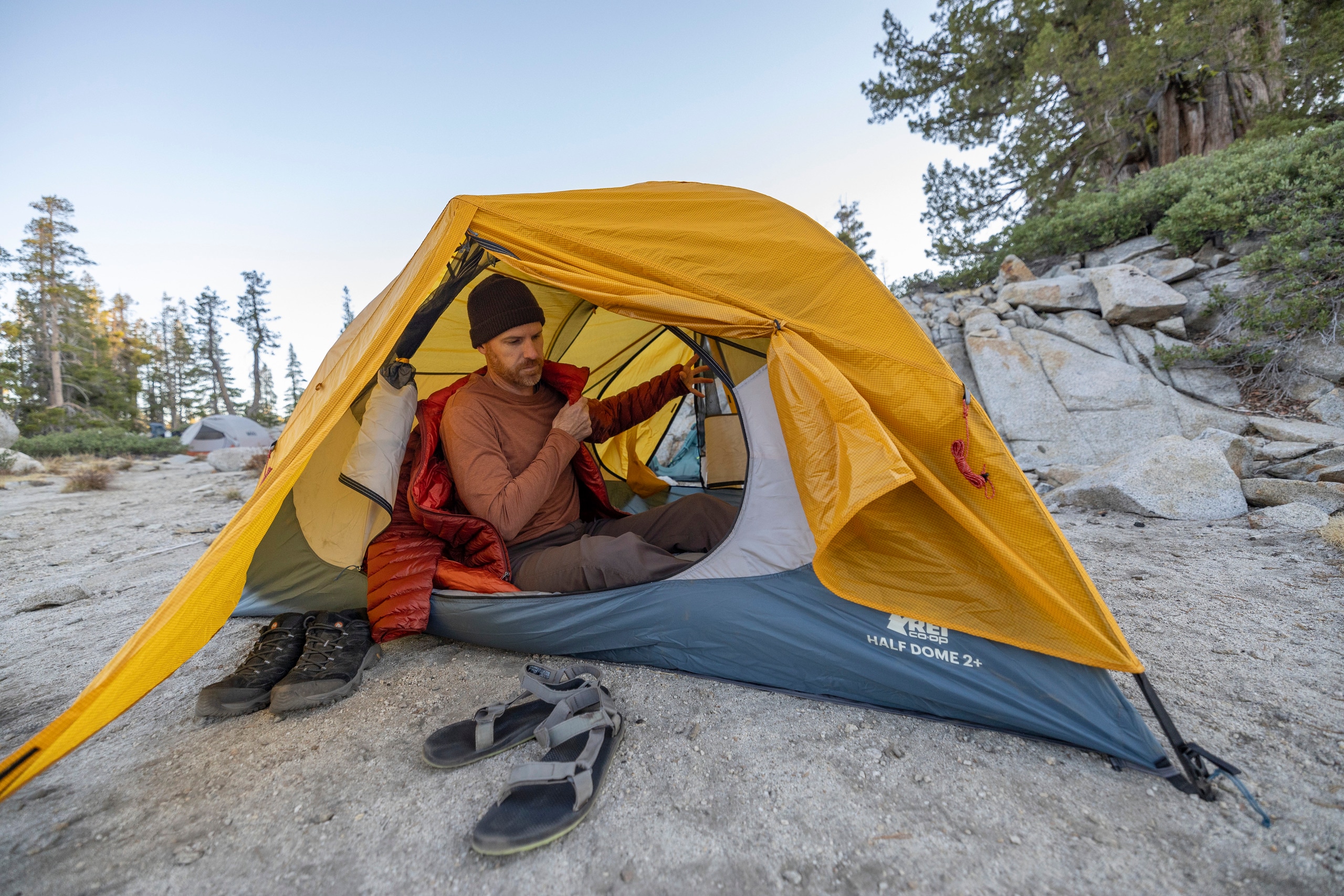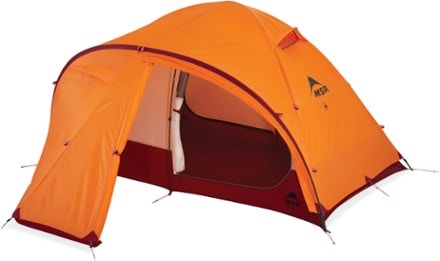How to Choose a Backpacking Tent

A strong, 4-season refuge for 2 mountaineers, the MSR Remote 2 tent offers the protection you need with the livability that keeps you levelheaded for days, or weeks, in the harsh alpine.




$85
10% Reward
on this and every eligible full-price item*
+
$30
Bonus Card
valid for 30 days after joining*
=
$115
Value
Keep shopping
Imported.
View all MSR Backpacking Tents| Best Use | Mountaineering |
|---|---|
| Seasons | 4-season |
| Sleeping Capacity | 2-person |
| Minimum Trail Weight | 6 lbs. 11 oz. |
| Packaged Weight | 7 lbs. 2 oz. |
| Packed Size | 7 x 20 inches |
| Floor Dimensions | 87 x 55 inches |
| Floor Area | 33 square feet |
| Vestibule Area | 22 square feet |
| Peak Height | 44 inches |
| Number of Doors | 2 doors |
| Number of Poles | 3 |
| Pole Material | Easton Syclone |
| Canopy Fabric | 40-denier ripstop nylon with durable water repellent (DWR) finish |
| Floor Fabric | 40-denier ripstop nylon/10,000 mm Durashield polyurethane (PU) with DWR finish |
| Rainfly Fabric | 68-denier ripstop polyester/1,500 mm PU with DWR finish |
| Footprint Included | No |
| Design Type | Freestanding |
Adding a review will require a valid email for verification
It has been fantastic over a few seasons, used in stormy and mountain conditions.